Ancient Feast
Origins of the lūʻau remind us that the significance of the ceremony is much more than just entertainment.
BY Morgan Eastwood
Hips, draped in raffia skirts, sway—sometimes gently in time with the afternoon breeze and other moments fiercely like gusting afternoon makani nui. Fire knives spin in dancers’ hands as if by magic. Visitors to Maui take it all in, eyes wide, bellies full of traditional Hawaiian foods such as kālua pig, lomi lomi salmon, poi and haupia. But culture shines brightly amid the food, song and dance. Attending a lūʻau is something most visitors to Maui won’t want to miss.
Origins of the lūʻau remind us that the significance of the ceremony is much more than just entertainment. It originated from ‘aha‘aina, or ancient feasts for celebratory times such as births, weddings, victories in battle or religious ceremonies. Commonly, family and friends gathered to eat food, listen to music, participate in dance and pass down stories to the next generation. Its descendent, the lūʻau, has been shaped by outer influences, including those around Polynesia, Asia, Europe and the mainland United States.
In 1819, the first documented lūʻau took place, blending aspects from different cultures and traditions, paving the way for what would become the modern lūʻau we're familiar with. It didn’t formally occur before that because of religious taboos. “Eating was a sacred time of the day, a time to connect with Akua (the supreme God) and ‘aumakua (ancestor gods). The first time men and women enjoyed a meal together on a celebratory occasion was in 1819 when young King Kamehameha II sat and ate with his mother and stepmother,” explains Kawika Freitas, Director of Public and Cultural Relations for Old Lahaina Lūʻau. “I am sure the first lūʻau had an abundance of food, drinks, ancient style dancing and storytelling; however, stringed instruments were not introduced until the mid-1800s, so there probably wasn't any music played. With the influx of immigrants to work in our fields came the introduction of different ingredients and food types.” Thankfully, lūʻau has flourished and become more inclusive of customs from other areas of Polynesia. “Visitors should carefully research what each lūʻau presents: the Old Lahaina Lūʻau does not feature the fire knife dance, as it is a Samoan dance. But we do present Tahitian dances in tribute to the origin of the first Polynesian settlers in Hawaiʻi,” Freitas explains.
The term lūʻau translates to “the leaf of the taro,” one of the traditional foods served at the original celebrations. The leaves were cooked in a stew with coconut cream, squid, he'e (octopus) or chicken and is still served commonly at lūʻau today. You’ll find a similar menu at the Old Lahaina Lūʻau, where Freitas says tradition is strictly honored. “When visiting a lūʻau, we encourage visitors to try the menu items offered and ask questions. At the Old Lahaina Lūʻau, each food item is described when presented. We don't expect visitors to like every authentic dish but to at least taste them and decide on their own what their opinion is. They may be pleasantly surprised at how delicious they are!” Freitas says.
Lūʻau is a distinct experience to the Hawaiian Islands, and Maui has several prime examples of how it’s meant to be done. The lūʻau Kawika Freitas represents is nearing forty years of delighting generations of visitors. The site, on Lahaina’s famed Front Street, miraculously made it through the tragic inferno of August 2023. However, services like water and power weren’t restored until recently. (Half of Old Lahaina Lūʻau’s employees lost their homes in the fire.) The business began welcoming back the public in March 2024, bringing comfort amid suffering. “Reopening the Old Lahaina Lūʻau was one of the toughest challenges we have faced in our 38-year existence. There is definitely a bittersweet feeling,” Freitas explains. “The joy and excitement of having our family of employees back at work is tempered by the tremendous loss surrounding us—our families, friends, neighboring businesses, schools and churches [were] destroyed by the fire.”
Today, lūʻau isn’t only for celebrating the birth of a child or a marriage but for celebrating the company of loved ones or welcoming visitors to the Hawaiian Islands. Each component of the celebration is meaningful, and locals are eager to share their talents and knowledge through movement, words and flavors. "Attending a lūʻau when visiting Hawaiʻi is the best way to enjoy a good meal, receive cultural enlightenment, delight in enchanting and soulful entertainment, and it will help perpetuate the Hawaiian art of dance, song and food—all of which support our local farmers,” Freitas reminds us.
Besides Old Lahaina Lūʻau, Maui is home to several other well-regarded and regularly scheduled lūʻau, each unique in their way. Toward Kīhei, Gilligan’s at Maui Nui Golf Course hosts a small lūʻau, and hotels in Wailea showcase more grand affairs, some featuring fire dancing, several nights a week. Heading west, you’ll find the iconic Old Lahaina Lūʻau.
Wherever you choose to observe this cultural institution, from that first blow of the pū (the conch shell) as the sun sets to the last bow of beautiful dancers in their stunning regalia, it’s an event that will nourish you with a feast for your eyes, stomach and soul.
Photo Credits: Bishop Museum Archives
You May Like
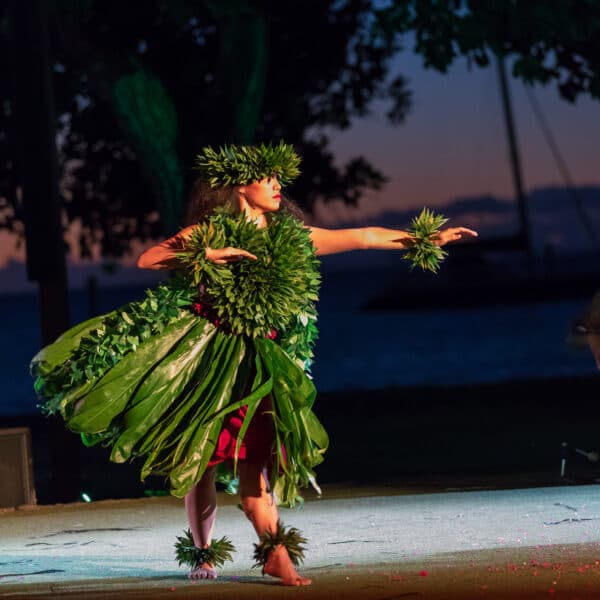
See + Do
Old Lāhainā Lū‘au
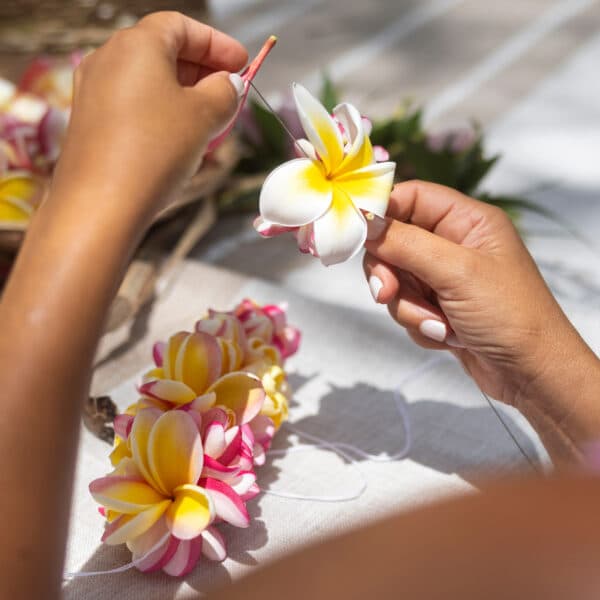
See + Do
Lahaina Cannery Cultural Events
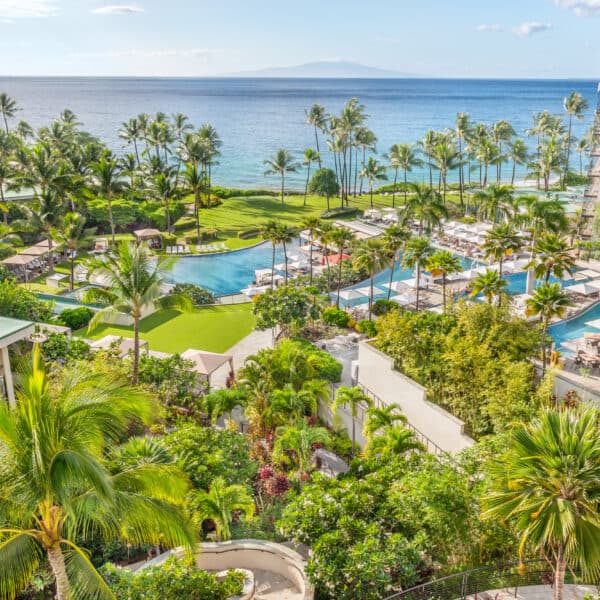
Stay
Andaz Maui at Wailea Resort
Features
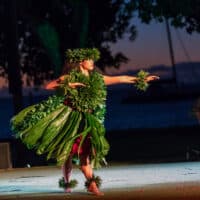
See + Do
Old Lāhainā Lū‘au
West Maui
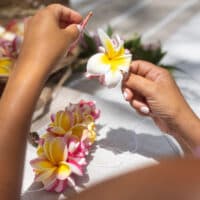
See + Do
Lahaina Cannery Cultural Events
West Maui

Stay



